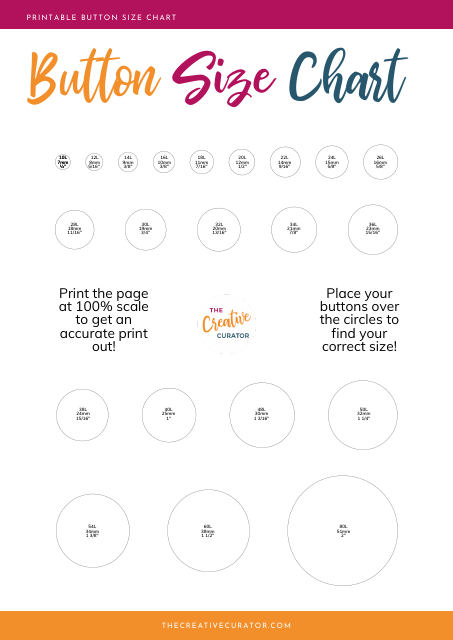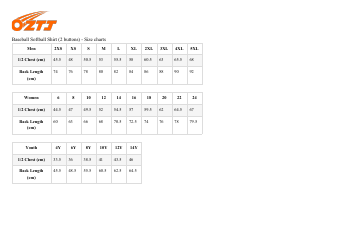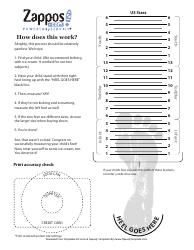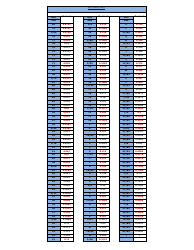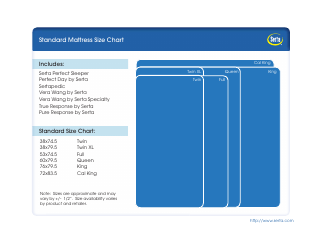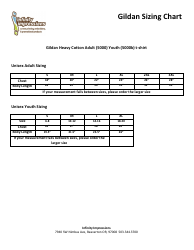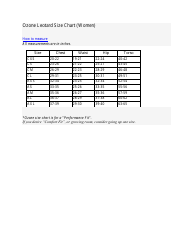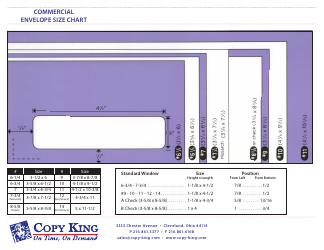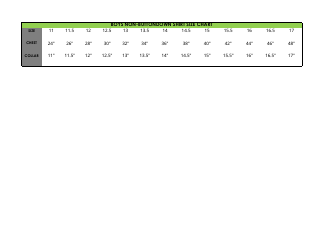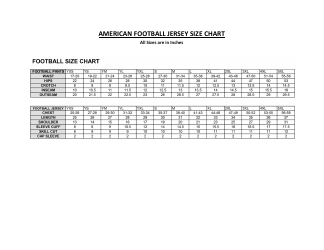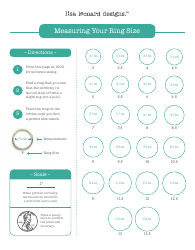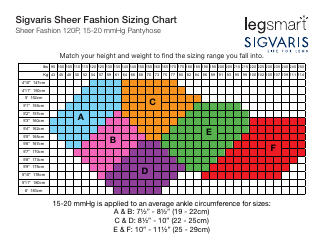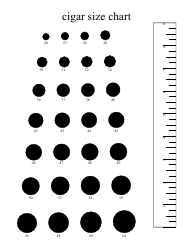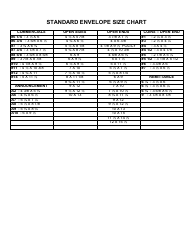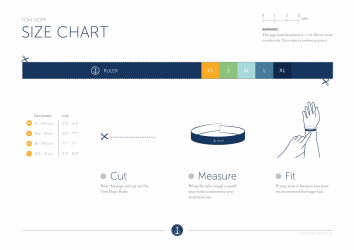Button Size Chart
There is not a specific entity or country that files a Button Size Chart. These charts are typically developed by clothing manufacturers, fashion designers, or sewing hobbyists. The size of the buttons can vary greatly depending on the design requirements which follows no standard global practice. However, professional organizations in fashion and textiles, or individual companies may have their own standardized charts.
FAQ
Q: What are the common button sizes in the USA?
A: USA button sizes are typically expressed in lines (L), one line equates approximately to 1/40 of an inch. Common button sizes range from 16L (about 10mm or 0.4 inches) for shirts, up to 45L (about 28mm or 1.125 inches) for jackets or coats.
Q: What is the standard button size in Canada?
A: Similar to the USA, Canada also typically uses lines (L) as the standard measurement system for button sizes. Typical sizes range from 16L to 45L.
Q: How is button size measured in India?
A: In India, button size is generally given in millimeters (mm). Popular button sizes can range from 10mm for shirts up to 28mm for jackets or coats.
Q: What are the typical button sizes in Australia?
A: In Australia, both lines (L) and millimeters (mm) are used to express button sizes. Common sizes for shirt buttons are around 16L or 10mm, while larger buttons for jackets may be around 45L or 28mm.
Q: How is the 'line' measurement translated to millimeters or inches?
A: One 'line' is approximately 1/40th of an inch or around 0.635mm.
Q: How do I measure the size of my button?
A: Button sizes are measured by the diameter. You can simply use a ruler to measure straight across the middle of the button, from edge to edge.
Q: Are button sizes different for different types of garments?
A: Yes, typically smaller buttons are used for shirts or dresses (about 10mm or 16L), while larger buttons (up to 28mm or 45L) are used for outerwear like jackets and coats.
Q: What are the button sizes for children's clothing?
A: Button sizes for children's clothing generally range from 10L (about 6mm or 0.25 inches) for small garments like baby clothes, up to 28L (about 18mm or 0.7 inches) for larger kid's clothing.
